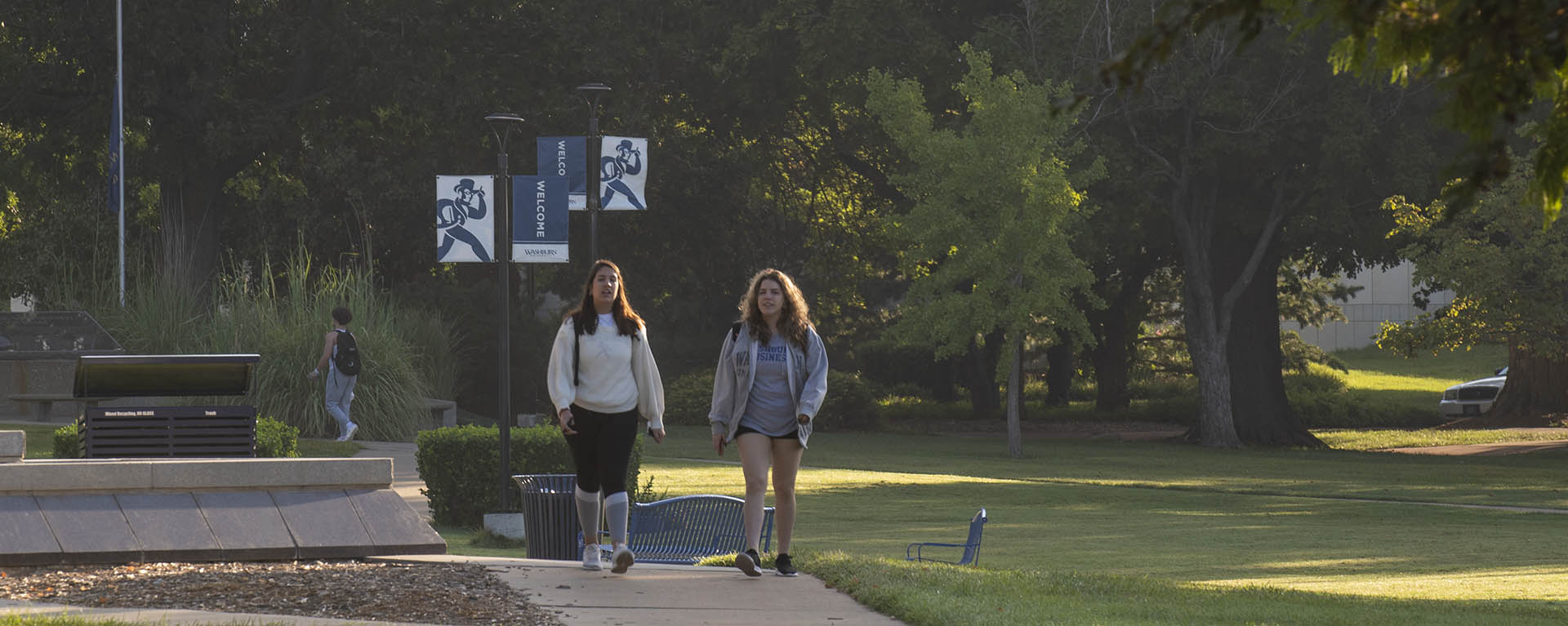
Answer 1
FALSE!
Students and teachers may not use copyrighted works in multimedia projects unless
- the projects are for educational purposes,
- the source(s) and owner(s) of copyrighted work(s) are properly credited,
- an opening screen “fair use” statement is included, and
- the Fair Use Guidelines (time, portion, copying and distribution limits) were followed in the creation of the project.
Answer 2
TRUE!
It is true that copying a small amount is not copyright infringement. Unfortunately, it is hard to tell when Fair Use ends and copyright infringement begins. Copying a small amount of a copyrighted work is also infringement if what is copied is a “qualitatively substantial portion” of the copied work.
Answer 3
FALSE!
Fair use guidelines deal with the amount of the portion of copyrighted material used and the "substantiality" of the portion used. It is not permissible to use a small portion of a copyrighted work if that portion is the most important part or the essence of the work. In this case, it can be argued that the "I have a dream" portion of the speech is the most important part, the essence of the speech.
Answer 4
TRUE!
While "open house" is not specifically mentioned in the Guidelines, such use is to support educational purposes. Teachers may show student-produced multimedia projects at in-service workshops, at professional conferences, for open houses or in the classroom for two years following the date the projects were originally created. According to Section 4.1 of the guidelines, "use beyond that time period, even for educational purposes, requires permission for each copyrighted portion incorporated in the production."
Answer 5
FALSE!
There is a time limit involved here. The teacher can keep one copy of each project for teaching purposes for two years. In addition, one copy can be kept on reserve in the library for two years after the first instructional use. To keep the projects longer than two years would require permission for each copyrighted portion incorporated into the production. Fair use expires after two years unless the projects are placed in a personal portfolio. The teacher in this scenario also needs to obtain the student’s permission because the multimedia project is a compilation and, therefore, a copyrighted work in itself.
Answer 6
FALSE!
There is a time limit involved here. It is permissible to reproduce the short selections onto one compact disc to prevent their loss or deterioration, or to show them by using equipment already available in a mediated classroom. However, fair use allows for the creation of such a multimedia work and its retention and use in the classroom for only 15 days without obtaining permission from the copyright owner(s).
Answer 7
TRUE!
Faculty and students may keep indefinitely a multimedia project in a portfolio for personal use in job interviews, graduate school interviews, or for tenure review.
Answer 8
FALSE!
There is a time limit involved here. A professor may perform or display multimedia projects in teaching for two years after the first instructional use. She may place these projects on a secure network (PIN or password protected) for use in remote instruction only if streaming technology is used that prevents downloading or duplicating the material.
Answer 9
FALSE!
The copyright on the multimedia work does not cover the photographs, just the material created by the developer. The photographer still retains rights to the original photographs, while the developer owns the copyright for the compilation.
Answer 10
FALSE!
If you use the photographs without permission, you have infringed on the photographer’s copyright by violating the reproduction right (scanning the photograph), the modification right (altering the photograph), and the distribution right (selling the altered photograph).
Answer 11
FALSE!
Most published works contain a copyright notice. However, for works published on or after March 1, 1989, the use of copyright notice is optional. The fact that a work doesn’t have a copyright notice doesn’t mean that the work is not protected by copyright.
Answer 12
FALSE!
Some image collections do not allow use beyond personal use. You may do this only if the license on the image collection states that the images are royalty-free.

